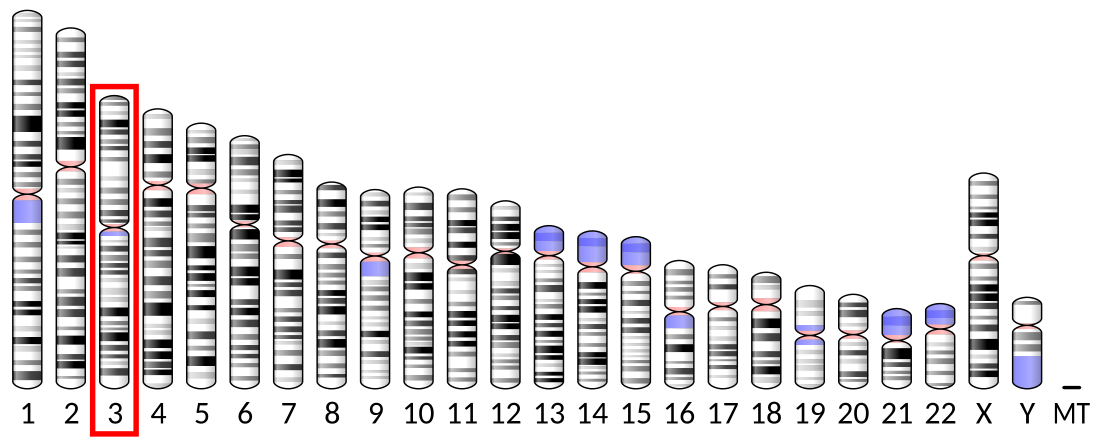VPRBP
Protein-coding gene in the species Homo sapiens From Wikipedia, the free encyclopedia
Protein VPRBP is a protein that in humans is encoded by the VPRBP gene.[5][6][7]
| DCAF1 | |||||||||||||||||||||||||||||||
|---|---|---|---|---|---|---|---|---|---|---|---|---|---|---|---|---|---|---|---|---|---|---|---|---|---|---|---|---|---|---|---|
| |||||||||||||||||||||||||||||||
| Identifiers | |||||||||||||||||||||||||||||||
| Aliases | DCAF1, VPRBP, Vpr (HIV-1) binding protein, DDB1 and CUL4 associated factor 1, RIP | ||||||||||||||||||||||||||||||
| External IDs | OMIM: 617259; MGI: 2445220; HomoloGene: 8805; GeneCards: DCAF1; OMA:DCAF1 - orthologs | ||||||||||||||||||||||||||||||
| EC number | 2.7.11.1 | ||||||||||||||||||||||||||||||
| |||||||||||||||||||||||||||||||
| |||||||||||||||||||||||||||||||
| |||||||||||||||||||||||||||||||
| |||||||||||||||||||||||||||||||
| Wikidata | |||||||||||||||||||||||||||||||
| |||||||||||||||||||||||||||||||
Interactions
References
Further reading
Wikiwand - on
Seamless Wikipedia browsing. On steroids.




